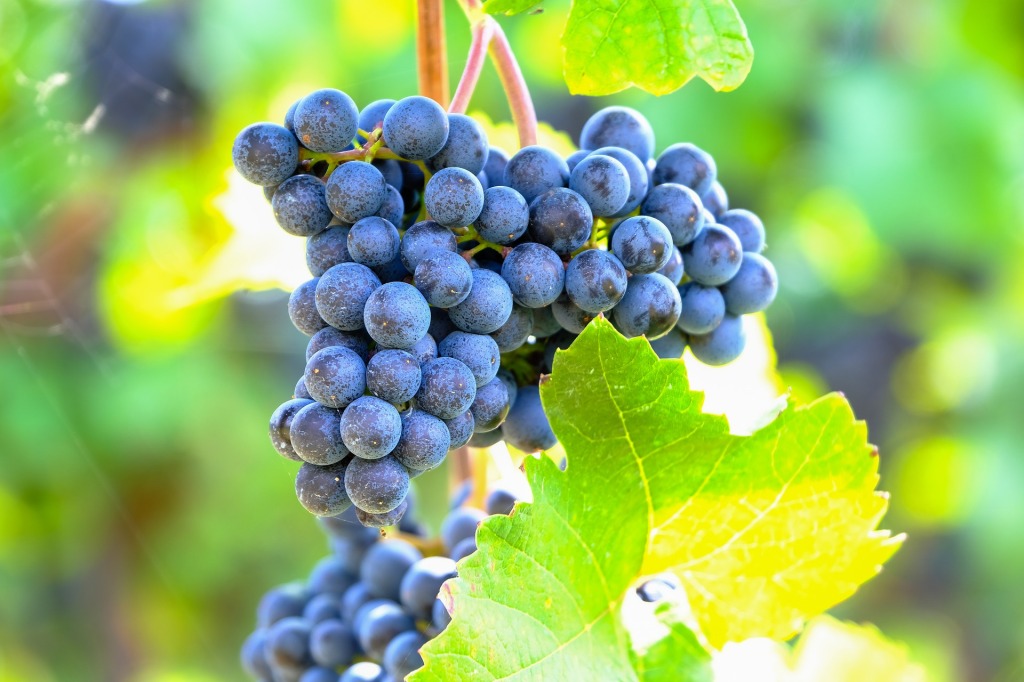By Kevin Kourofsky

In the modern era of winemaking we understand that fermentation of sugar into alcohol is done by yeast and not by magic, though some of us still marvel at this great gift of nature. When we commence a fermentation, we routinely add SO2 to kill unwanted and unauthorized microbes and yeasts in our musts that might interfere with our chosen fermentation. We open a package of our favorite yeast, selected after hours of cogitation as to the qualities of this particular yeast, knowing that it is reliable. It is almost always from the genus Saccharomyces cerevisiae, S. cerevisiae for short. With a little amount of careful attention our yeast will bring our wine to complete fermentation in the chosen style. This yeast may originally have come from vineyards in Italy or the Rhone Valley of France or many other regions and was isolated and purified for our benefit. But does this yeast reflect the Terroir of our region or the region where the grapes originated? In Europe, winemakers routinely used the yeast on their grapes to ferment their wine. As Phil Plummer told us when he spoke about spontaneous (wild) fermentations at the 2022 New York State Home Winemaking Seminar, “We talk about Terroir but this is the ultimate sense of place.” This article will share Phil’s approach to a successful indigenous fermentation.
Continue reading →



